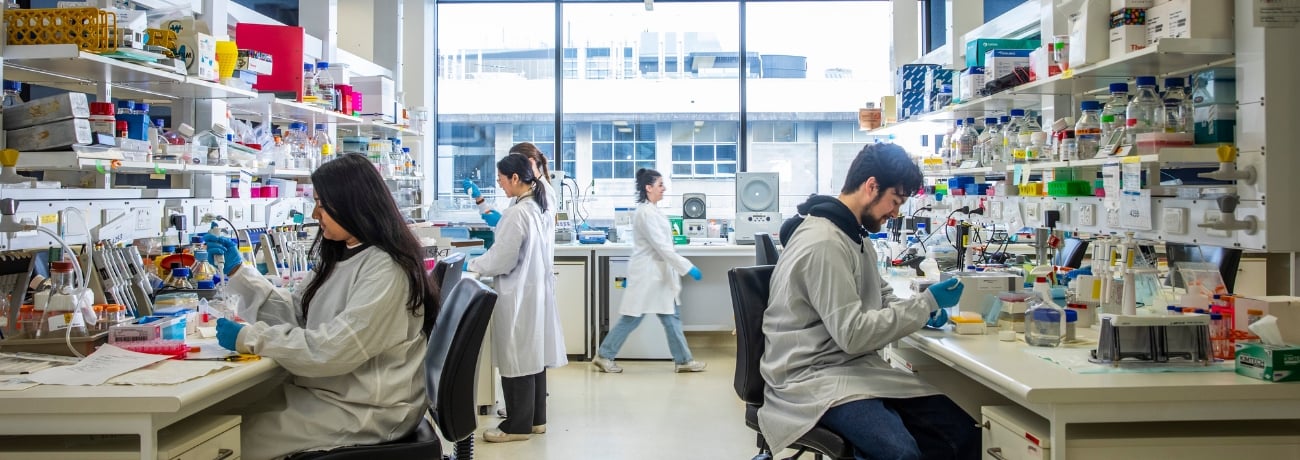Co-investigator on the grant, Associate Professor Thompson emphasised the importance of strong multi-disciplinary partnerships for breakthroughs in this area.
“This project brings together a strong collaborative team, with experts in our respective fields of pathology, genetics, stem cells and neural transplantation. By working together we think we can uncover fundamental new understandings of how and why certain types of brain cells are lost in genetic forms of Parkinson’s disease and tailor future treatments accordingly,” explained Associate Professor Thompson.
“We’re very pleased to be able to build new strategic collaborations with the University of Sydney’s Brain and Mind Centre, and NysnoBio LLC.”
The project will combine pluripotent stem cell biology with a neural transplantation approach to provide new insights into how different Parkinson’s disease mutations could impact various cell types in the brain.
“The work will generate neurons from stem cell lines derived from patients with Parkinson’s disease and will study how the disease develops in the environment of the living brain. This unique approach, moving out of the petri dish and into an integrated nervous system, will enable us to assess how different genetic mutations in Parkinson’s disease drive the dysfunction and loss of specific cell types,” said Professor Clare Parish.
“Our ability to design better treatments for Parkinson’s disease is directly related to our level of understanding of the basic biological processes.”
More information about this grant can be found here.
